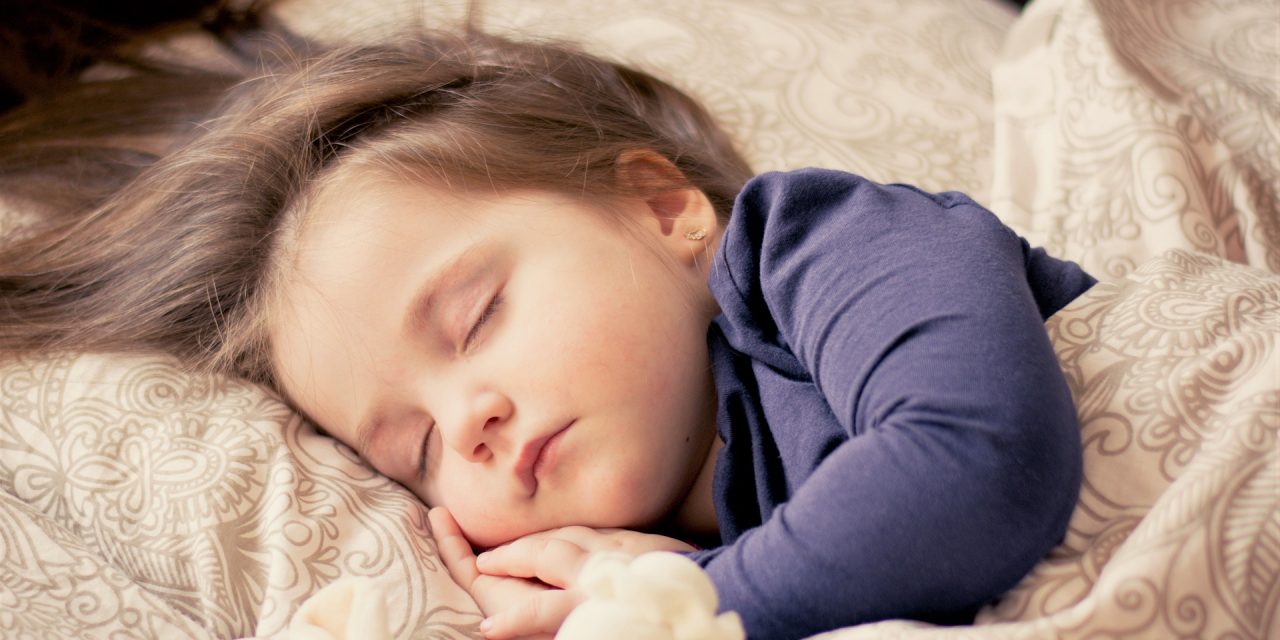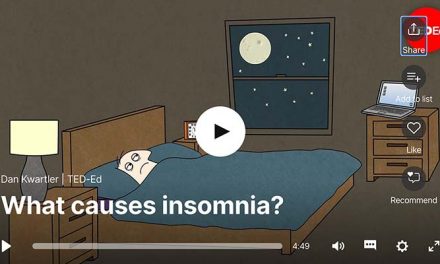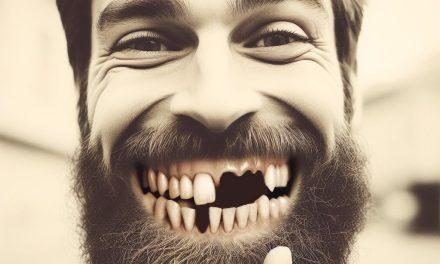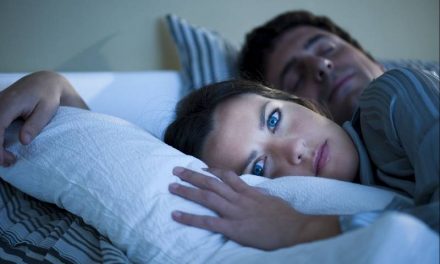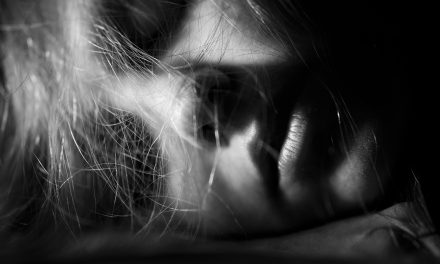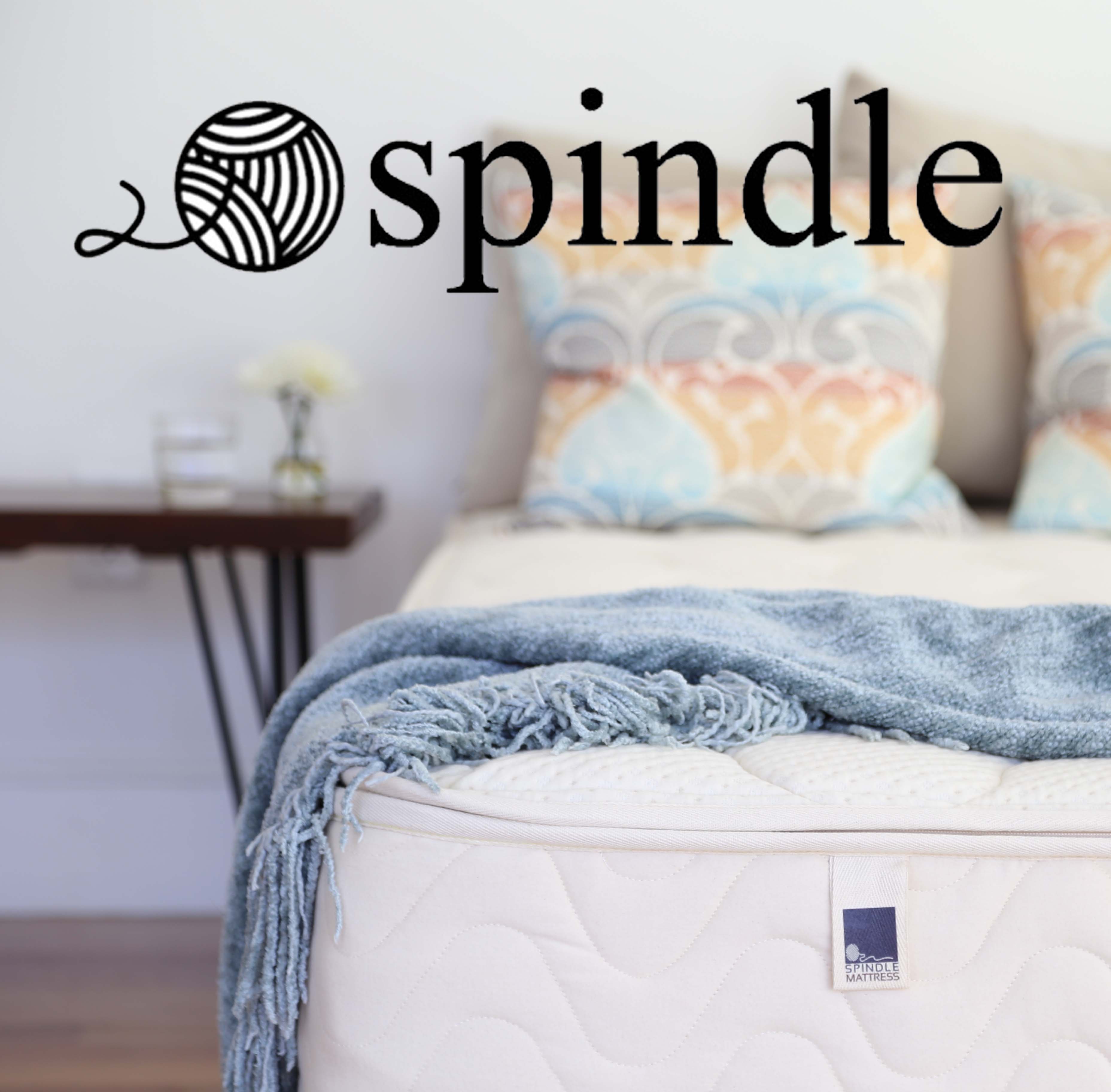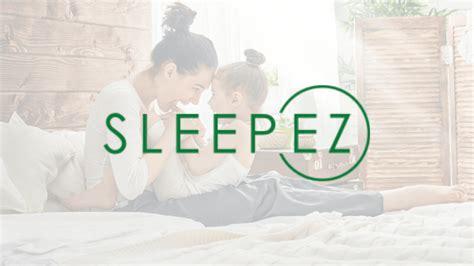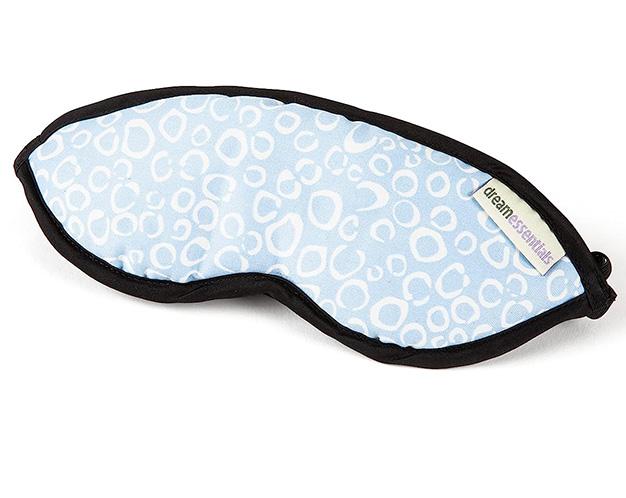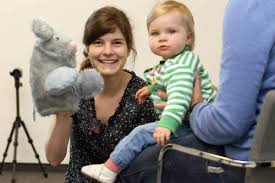
Dr. Sabine Seehagen
Dr. Sabine Seehagen from the University of Waikato in New Zealand has pioneered a study in which she studies how sleep influences the memory capacity of infants.
During the study, more than 200 infants aged between six and twelve months participated in the exercise. The infants were visited in their home either just before they were about to sleep or shortly after they had woken up.
During her visits with families, Dr. Seehagen showed a stuffed animal hand puppet to the infants that had a mitten on its paw. Dr. Seehagen animated the puppet in order to captivate the attention of the infant. The puppet demonstration involved three steps: #1 Dr. Seehagen removed a mitten from the right paw of the hand puppet, #2 she would shake the mitten to produce a sound from several small bells that were attached to it, #3 Dr. Seehagen would then place the mitten back on the stuffed animal’s paw.
She repeated this process a few times and then left the family’s house. The same process involving the hand puppet was taught to the other babies in the study all the while not disturbing their sleep patterns.
After the hand puppet demonstration, some infants were put to bed for a nap while others remained awake. Dr. Seehagen would return for a second visit for some infants that had woken from a nap and for others that stayed awake.
Dr. Seehagen’s aim was to trigger the brain’s memory processing function that is primarily located in the hippocampus, an area that is enveloped by the outer brain. The neocortex, which lies on the outside of the brain close to the skull, is responsible for associations between memories. Dr. Seehagen wants to see how sleep affects the brain’s ability to create associations between memories in the hippocampus and the neocortex.
The theory behind the study was that the infants that had a nap after seeing the actions of the puppet would be able to demonstrate the functions of the mitten, while the ones who stayed awake would be unable to demonstrate an understanding of the three steps involving the mitten.
The babies in the study, whether they had slept or not, had only 90 seconds to show the actions of the puppet from the previous visit. Note that the infants didn’t interact with the puppet during the first visit. They were only shown 3 actions involving the puppet by Dr. Seehagen: the first step was taking off its mitten, the second was shaking it and hearing the attached bells ring and the third was placing the mitten back onto the puppet.
The results of the study proved to be quite amazing. Nearly all the infants that napped between the puppet demonstration and the second visit were able to perform the three steps while the ones who stayed awake could not. Until just a few decades ago, it was common to think that infants couldn’t form any long-term memory. Dr. Seehagen’s study shows that sleep plays a fundamental role in the way memories are formed in early life. Considering the findings of this study, it is highly probable that sleep is essential for the formation of vivid memories in adult life as well.
We can draw several conclusions from Dr. Seehagen’s study. One conclusion is that activities like cramming for a test are clearly not as effective for memory and performance as learning the information bit by bit over long periods of time, with sleep acting like the glue to make the information stick. Whether it be for visual memory like places and faces, motor memory like playing the piano, or informational memory like acing a biology test, sleep plays a vital role in maximizing one’s understanding and performance.
But, does Dr. Seehagen’s study on infants prove that adults benefit from sleep in the same way? Robert Stickgold, one of the world’s leading sleep scientists from the University of Harvard’s sleep medicine division, seems to agree with the findings of Dr. Seehagen’s study.

